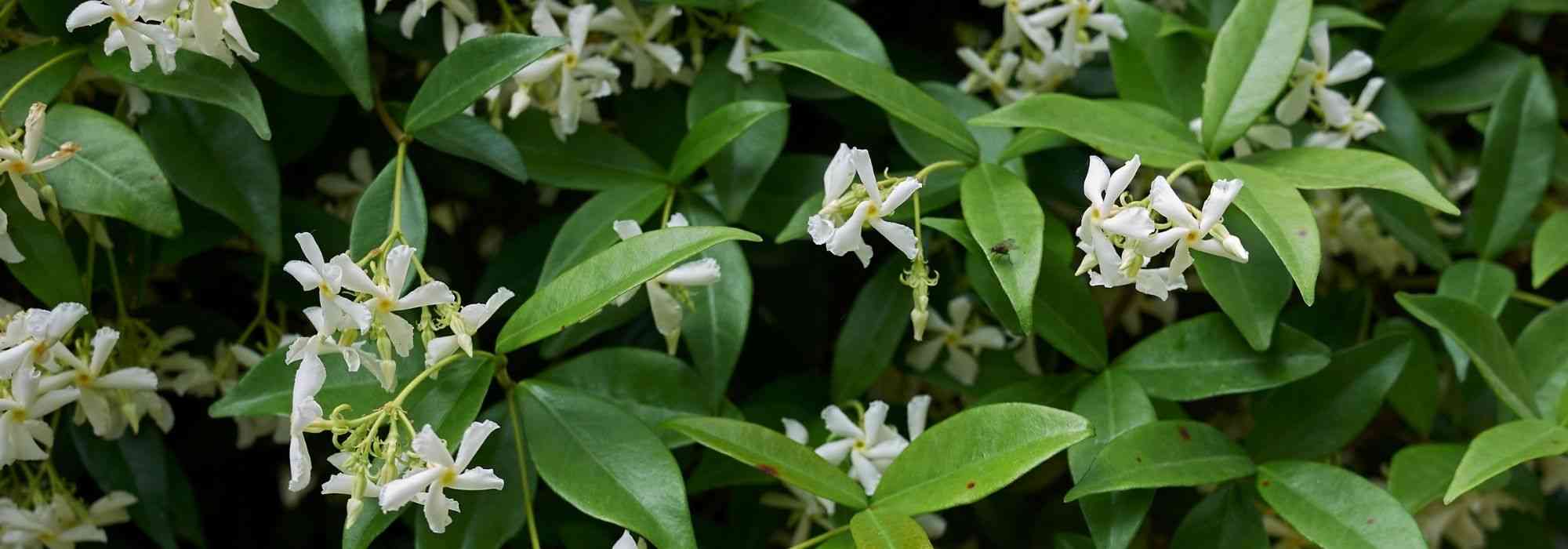
8 tough climbing plants for beginners
The must-haves!
Contents
Climbing plants are ideal for adding a touch of verticality to the garden, for greening structures, or for camouflaging unsightly constructions.
But growing climbing plants is not just for experienced gardeners. Some easy-going varieties require no maintenance or gardening skills and can thrive almost entirely on their own.
These climbers are often vigorous, resistant to cold and diseases, and very tolerant of exposure and soil conditions.
Here is our selection of 8 foolproof climbers, easy to grow even for novices.
Climbing roses ADR, true floral cascades
The ADR label is one of the most demanding and sought-after awards in the world of roses. This German certification rewards the most resilient varieties, whether against diseases or cold, as well as those that are high-performing and easy to care for in the garden.
It is after several years of testing, in various climatic conditions and without ever resorting to treatments, that the best varieties can obtain this valuable accolade.
Thus, ADR roses are perfect for beginner gardeners or those with little time to devote to plant care.
Among the climbing varieties, we can mention:
- the climbing rose ‘Laguna’, which combines a beautiful double pink flowering with an intoxicating fruity fragrance (2.5 metres high and 1 metre wide)
- the rose ‘Décorosiers Opalia Climbing’, offering immaculate white flowers highlighted by a golden centre and revealing a subtle fragrance (2.5 metres high and 80 cm wide)
- the climbing rose ‘Libertas’, with its sparkling magenta flowers centred with white and gold, almost uninterrupted from June to October (2.5 metres high and 1 metre wide)
- the climbing rose ‘Golden Gate’, which boasts a very bright yellow colour and exudes fresh, tangy lemon notes (3.5 metres high and 1 metre wide)
Their only requirement? To have a support available to allow them to grow well and raise their flexible stems towards the sky (trellis, pergola, arbour, or even training). It is worth noting that there are even planter models or boxes with integrated trellises for roses.
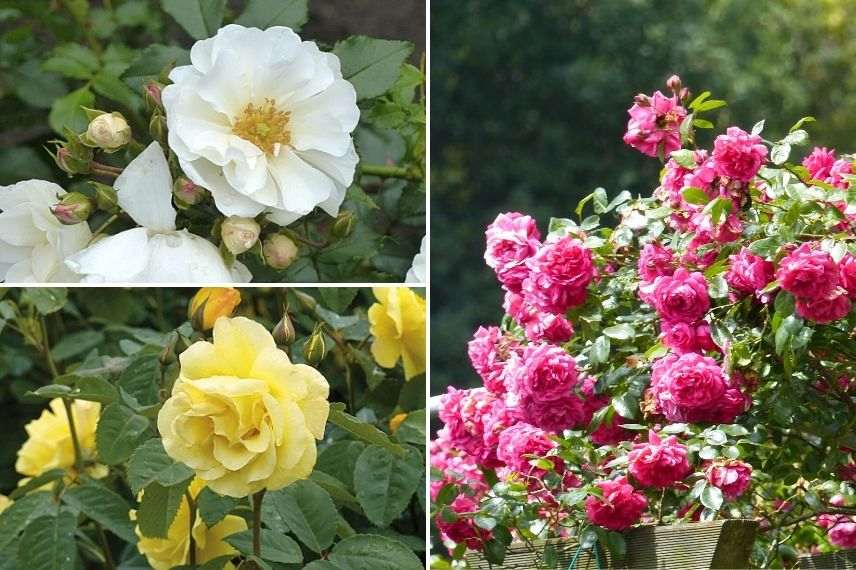
Rosa ‘Opalia’, Rosa ‘Golden Gate’ and Rosa ‘Laguna’
Hops, a beautiful decorative foliage
The interest in hops (Humulus lupulus) goes beyond its use in beer production. It is a climbing perennial that grows by self-clinging to any nearby support, thanks to its woody climbing stems. It easily ascends fences, trellises, railings, or other plants.
Hops offer a very aesthetic, finely cut foliage, reminiscent of small vine leaves. They display a light green colour, sometimes even tinged with gold for certain varieties, such as Humulus lupulus ‘Aureus’. While this vegetation disappears in autumn, it will reappear in the following spring.
The plant is dioecious: there are male and female plants, and fruit formation will require the cultivation of both.
In summer, between June and August, our climber adorns itself with either green panicle inflorescences or catkin-shaped flowers that can develop into fruits (cones), depending on the nature of the plant (male or female).
With extremely rapid growth, it can reach nearly 10 metres in height in just one season, making it an ideal candidate for quickly greening an area of the garden or providing privacy during the beautiful season. Smaller varieties can be used in pots, on a terrace, or on an east-facing balcony, for example, as this climber tolerates partial shade well.
Aside from pruning to limit its growth if necessary, hops require no maintenance. It is a plant that can thrive without care, as it is not susceptible to diseases and withstands cold very well (down to -15°C).
Find our tips to successfully growi hops.
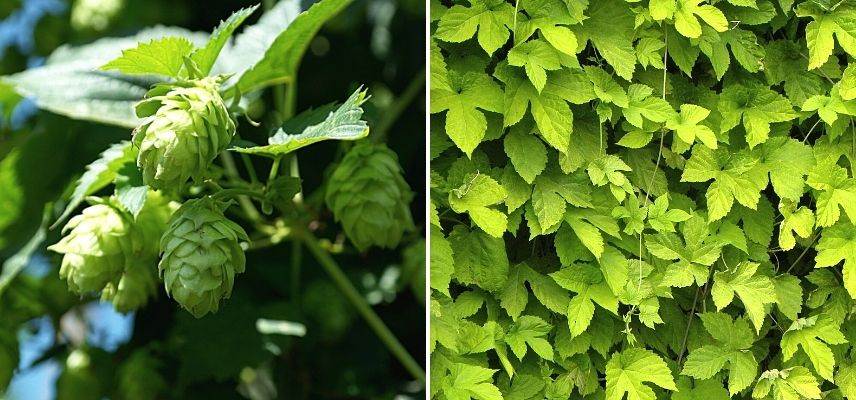
Hops flowers and foliage of Humulus lupus ‘Aureus’
Discover other Climbers
View all →Available in 0 sizes
Available in 0 sizes
Available in 0 sizes
Available in 0 sizes
Available in 0 sizes
Available in 0 sizes
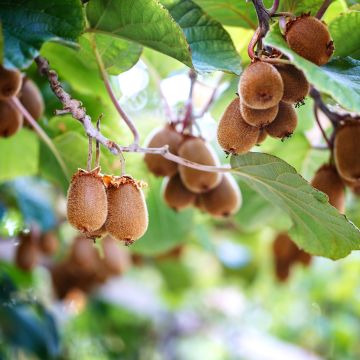
Available in 2 sizes
Available in 1 sizes
Available in 1 sizes
Available in 1 sizes
Akebia, an original flowering
The Akebia quinata is a liana with a slightly exotic appearance that is not widely known, yet full of qualities. This voluble climbing plant only requires a support, whether natural or specially installed for it.
In spring, around April-May, it adorns itself with charming three-petalled flowers, in an uncommon violet-purple colour for the species Akebia quinata, or a bright white in ‘Alba’ and ‘Cream Form’.
The light and elegant foliage is semi-evergreen, meaning it will disappear in autumn in regions with harsher winters, but will remain in place in milder climates.
Hardy and not prone to diseases, this low-maintenance plant will thrive even in the absence of care and will tolerate most exposures. Only light pruning to maintain a harmonious shape may be carried out.
For more information, feel free to check our page on planting and maintaining akebia.
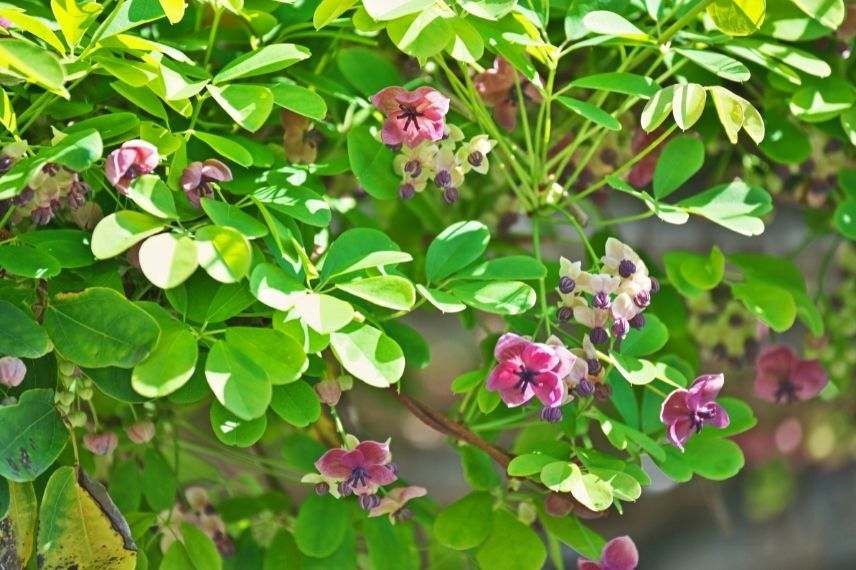
Akebia quinata
Read also
Fruit trees for beginnersVirginia creeper, exuberant and flamboyant
The Virginia creeper is one of those climbing plants that is so exuberant it can sometimes be difficult to get rid of. Self-sufficient, it clings by itself to walls, facades, trees, posts, or any support available, thanks to mini suction cups or adhesive pads. It has the advantage of being less destructive than ivy (caution is advised with fragile materials).
Some varieties can reach up to 15 metres in height, while the smaller and less expansive ones only grow to 3 to 5 metres, such as Parthenocissus tricuspidata ‘Lowii’ or ‘Minutifolia’.
It is the ornamental foliage of the Virginia creeper that is particularly interesting. Generally a glossy bright green, it transforms in autumn into incredible warm colours blending red, orange, yellow, or purple, creating a true spectacle in the garden.
Robust, hardy, and low-maintenance, Virginia creepers also have the advantage of acclimatising to all soils and exposures, making them particularly easy to grow.
For more information, find our growing tips for Virginia creeper.
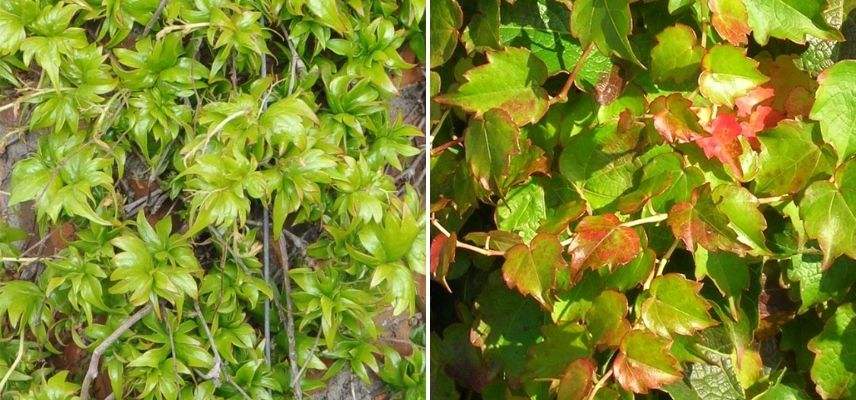
Parthenocissus tricuspidata ‘Lowii’ and tricuspidata ‘Minutifolia’
Star jasmine, a delicate fragrant touch
The star jasmine (Trachelospermum) combines a charming flowering with a pleasant fragrance. This climbing plant reaches an average height of 2 to 7 metres depending on the variety and wraps itself around supports, such as trellises, fences, and railings, thanks to its voluble stems.
During its summer flowering, it reveals, as its name suggests, delicate star-shaped flowers reminiscent of jasmine. They emit a less powerful but equally floral and exquisite fragrance. Their always soft colours can be white (Trachelospermum jasminoides, ‘Sun Lover’), pink (Trachelospermum asiaticum ‘Pink Showers’) or yellow (Trachelospermum asiaticum, Trachelospermum jasminoides ‘Star of Toscane’).
The evergreen, glossy foliage is equally elegant and decorative, which can be green, beautifully variegated (Trachelospermum asiaticum ‘Ogon-Nishiki’), or may display purple-red tones due to winter cold or summer drought (Trachelospermum jasminoides ‘Winter Ruby’).
It can be grown both in the ground and in pots, to adorn terraces or balconies. Tolerant of soil and exposure, hardy down to -15°C on average and water-efficient, it is an easy-going climbing plant in mild regions and perfectly suited for beginner gardeners.
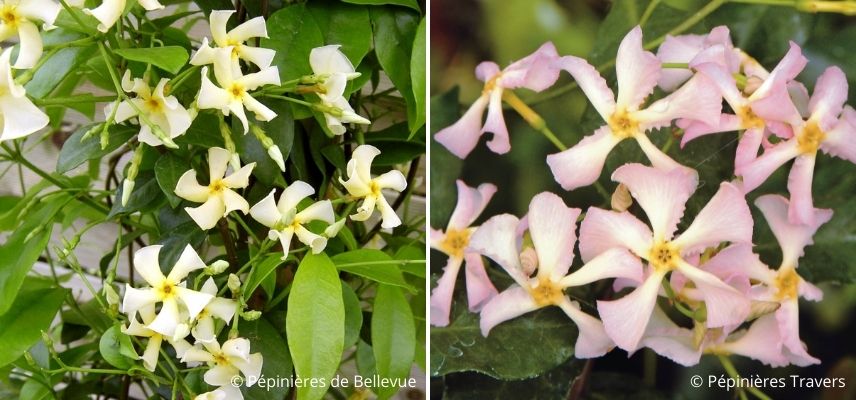
Trachelospermum asiaticum and Trachelospermum asiaticum ‘Pink Showers’
Climbing nasturtium, an unbeatable annual for the garden and the kitchen
The nasturtium is a delightful climbing plant, both for its flowering and its foliage. Fast-growing, it can cover fences, railings, or trellises in just a few weeks thanks to the petioles of its leaves, which naturally curl to cling on. It typically reaches a height of 2 to 3 metres at maturity.
Throughout the summer, it adorns itself with funnel-shaped flowers in a variety of stunning colours: bright yellow with an orange splash at the centre for ‘Baby Orange’, vivid red for ‘Red Wonder double’, or soft salmon mixed with peach for ‘Salmon Gleam’. These are complemented by attractive rounded foliage, which can almost resemble mini water lilies, adding a lovely exotic touch.
As beautiful in the garden as they are good in the kitchen, the edible flowers enhance summer salads with their original, spicy, and refined flavour.
Not very hardy (around -5°C), it is grown as an annual in our climates. The planting of nasturtium is often done by sowing seeds in early spring. Its cultivation is reputed to be foolproof, as it is easy to grow anywhere, even for beginners or children.
It is worth noting that its only “flaw,” which actually makes it a very useful plant in biological pest control in the vegetable garden, is its ability to attract aphids, which then leave other crops alone.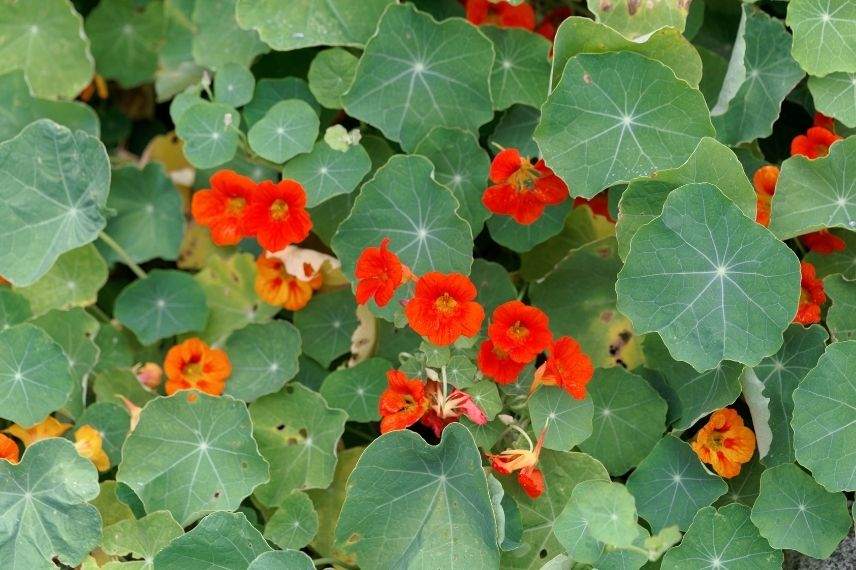 Tropaeolum majus
Tropaeolum majus
Honeysuckle, an essential flowering with fragrant bell-shaped blooms
Honeysuckle is certainly one of the most popular climbing plants. It boasts numerous advantages: ease of cultivation, beautiful trumpet-shaped summer flowering, and an intoxicating fragrance.
Depending on the varieties, the flowers can be predominantly white (Lonicera periclymenum, Lonicera japonica ‘Hall’s Prolific’), red (Lonicera (x) brownii, Lonicera sempervirens ‘Cedar Lane’), yellow-orange (Lonicera henryi ‘Copper Beauty’, Lonicera ‘Mandarin’) or pink (Lonicera periclymenum ‘Serotina’, Lonicera hybrid ‘Celestial’).
The foliage is often evergreen, thus maintaining its decorative interest even in winter.
Reaching heights of 2 to 6 metres, this fast-growing climber will use its voluble stems to ascend trellises, screens, fences, or pergolas. It can be grown both in pots and in the ground.
It is tolerant of most soils and climates, generally hardy beyond -15°C, requires no maintenance, and is not susceptible to diseases or pests. These qualities make it an ideal climbing plant for all gardens.
To learn more, check out our dedicated page on honeysuckle cultivation.

Lonicera henryi ‘Copper Beauty’, Lonicera periclymenum ‘Serotina’ and Lonicera ‘Mandarin’
Winter jasmine to flower the garden during the cold season
Winter jasmine (Jasminum nudiflorum) is the hardiest of the genus (down to about -15°C), capable of flowering even under snow. It thus brings a true touch of light when the garden loses its lushness, thanks to lovely lemon-yellow flowers. They appear from January to March like little suns on still bare branches.
Note that this variety is not fragrant. The deciduous foliage falls in autumn, before reappearing in spring.
This climbing plant with woody climbing stems will need to be trained to climb, adorning trellises, railings, balconies, or arbors. If you prefer not to stake it, it can also be grown atop a low wall, from which it will beautifully cascade like a true flowering waterfall.
Modestly sized, winter jasmine typically does not exceed 3 metres in any direction.
Hardy, easy to care for, with no particular requirements for exposure or soil, even tolerant of poor, stony soils, it will be the ally of gardeners who think they lack a green thumb.
Additionally, follow our tips to successfully grow jasmine.
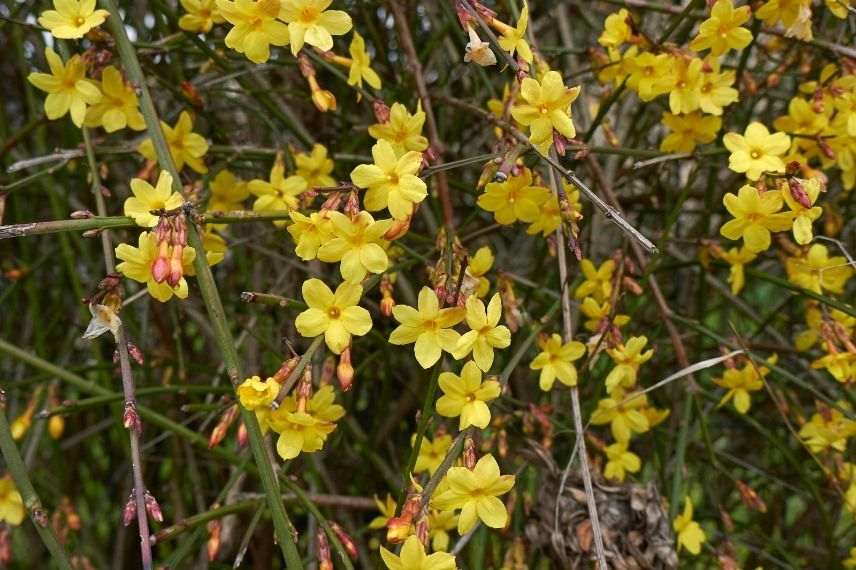
Jasminum nudiflorum
- Subscribe!
- Contents
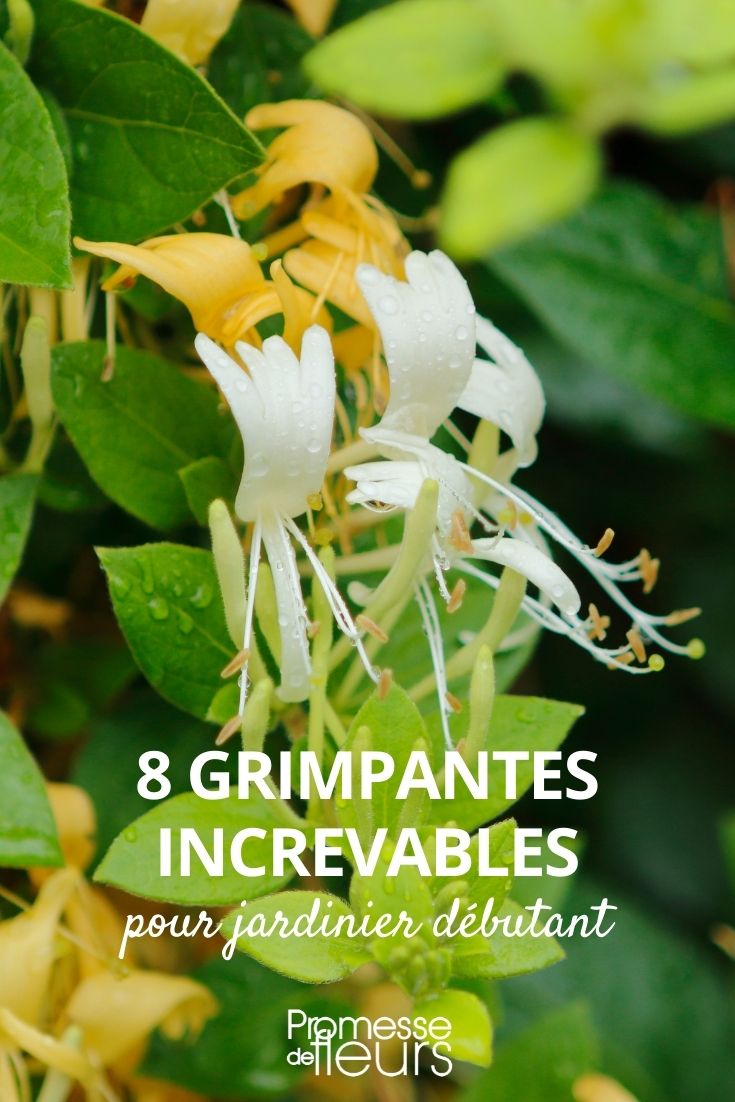































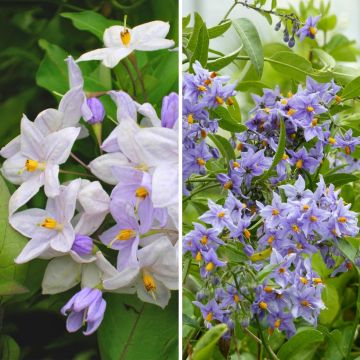
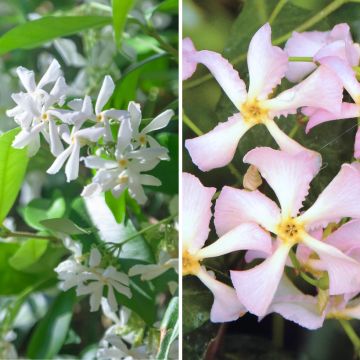
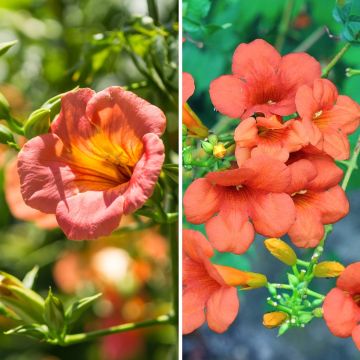

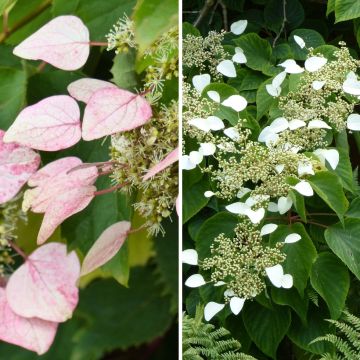
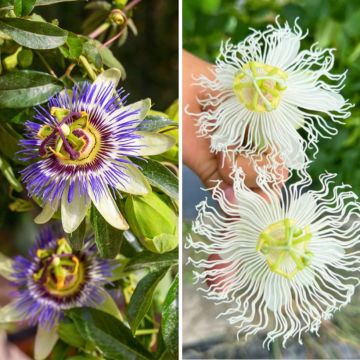
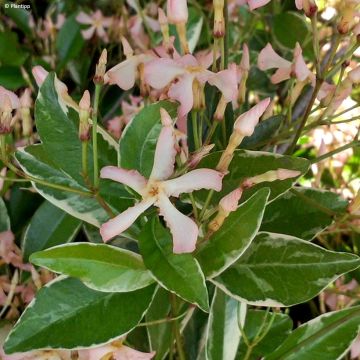
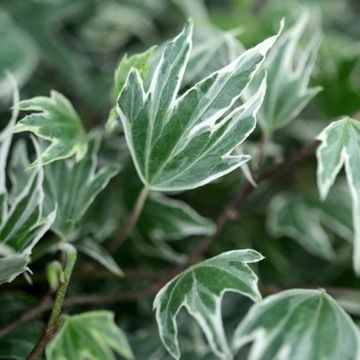
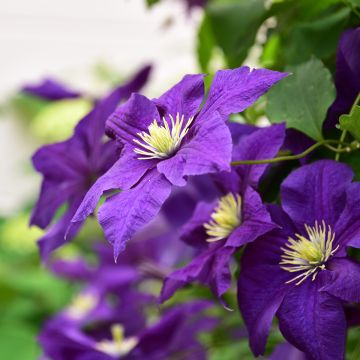
Comments